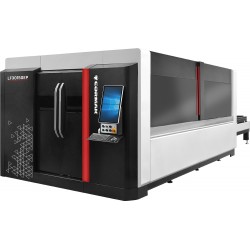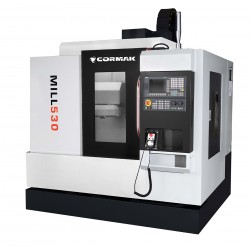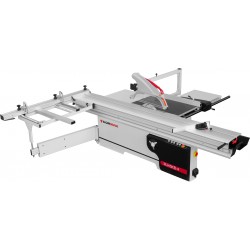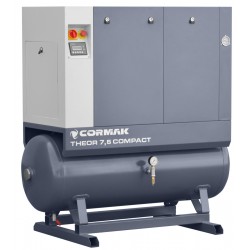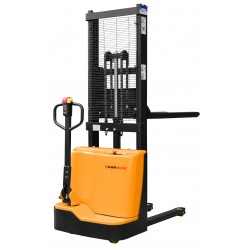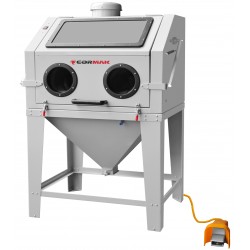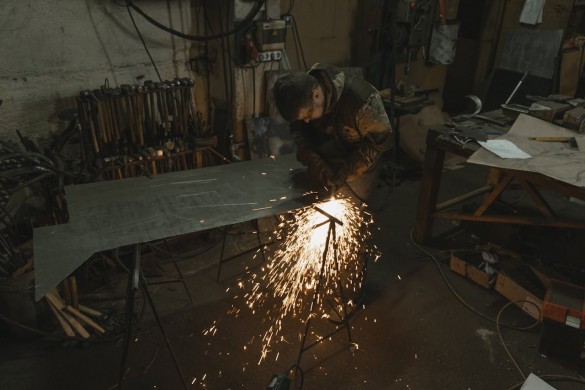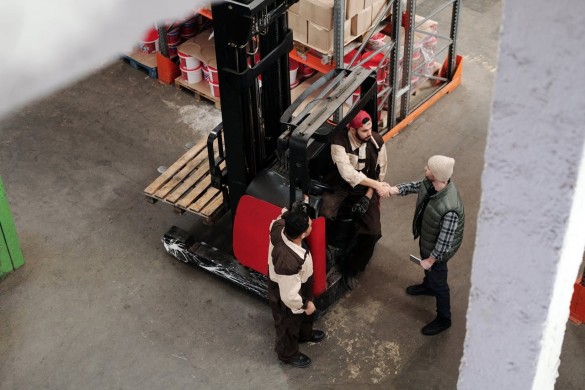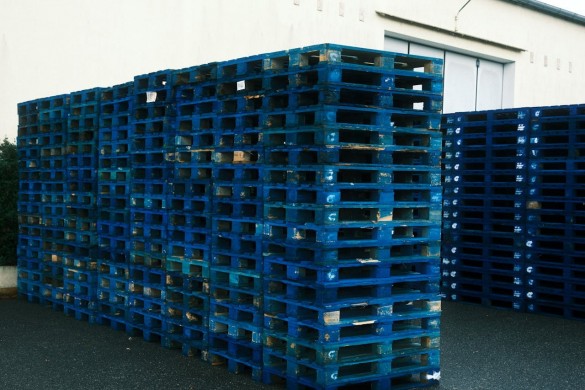Which sand to choose for sandblasting?

Types of Abrasives for Sandblasting
Not every sand is suitable for sandblasting. In fact, traditional quartz sand is used less and less frequently, as it can generate harmful silica dust. What abrasives for sandblasting are currently used?
1. Quartz sand – traditional but not always the best solution
Quartz sand was once the most commonly used material for sandblasting. It is cheap and easily available, but its use can be harmful to health. During operation, silica dust is generated, which can lead to lung disease. Therefore, its use has been restricted in many countries.
2. Steel shot – for heavy-duty applications
Steel shot is an ideal solution for aggressive metal sandblasting, rust and paint removal. It is very durable and can be reused multiple times. It works perfectly in cabinet sandblasters and siphon sandblasters, available in the Cormak industrial machines offer.
3. Electrocorundum – for precise processing
Electrocorundum is one of the hardest abrasives, making it an ideal choice for sandblasting demanding surfaces. It is often used for cleaning steel components and preparing surfaces for painting.
4. Glass beads – gentle processing
If you are wondering which sand to use for sandblasting wood, glass beads may be a good solution. They allow for delicate surface cleaning without the risk of damage. They are also suitable for aluminum and other soft metals.
5. Plastic granules – for precise renovation
This is one of the gentlest abrasives, often used for cleaning car body parts and injection molds. It is ideal for sandblasting plastics and complex-shaped components.
What sand grain size for sandblasting?
Besides the type of abrasive, its grain size is also important. What grain size is best for sandblasting?
- Fine fraction (0.1–0.3 mm) – for precise work, e.g., on wood, aluminum.
- Medium fraction (0.3–0.8 mm) – for general use, e.g., in metal cleaning.
- Coarse fraction (1–2 mm) – for aggressive sandblasting, e.g., removing thick rust layers.
How much does sandblasting sand cost? The price of abrasives depends on their type and quantity. Estimated prices:
- Quartz sand – approx. 20–40 PLN per 25 kg.
- Electrocorundum – from 100 PLN per 25 kg.
- Glass beads – from 80 PLN per 25 kg.
- Steel shot – from 120 PLN per 25 kg.
What sand to use for sandblasting with a gun?
Wondering which sand to use for sandblasting with a gun for the best results? Fine abrasives like electrocorundum or glass beads work best. They ensure precision and minimize the risk of surface damage.
Can you sandblast with regular sand?
Regular construction sand is not suitable for sandblasting. It may contain impurities and inappropriate granulation, leading to nozzle clogging and uneven sandblasting results. It is much better to use professional abrasives available in specialized stores.
Where to buy sandblasting sand?
It is worth buying abrasives from trusted suppliers who offer high-quality materials with the correct granulation.
Summary
The choice of abrasive depends on the material to be processed and the desired effect. Which sand to choose for a sandblaster? If you need gentle processing, glass beads are a great choice. For aggressive cleaning, steel shot or electrocorundum will work better. If you are planning sandblasting in enclosed cabinets, it is worth considering cyclone dust collectors to improve efficiency and work safety. If you are looking for professional metalworking machines, check out Cormak’s offer, where you will find cabinet sandblasters and siphon sandblasters.
By choosing the right grain size and type of abrasive, you will achieve the best sandblasting results while minimizing material consumption and the risk of damaging the treated surface.

